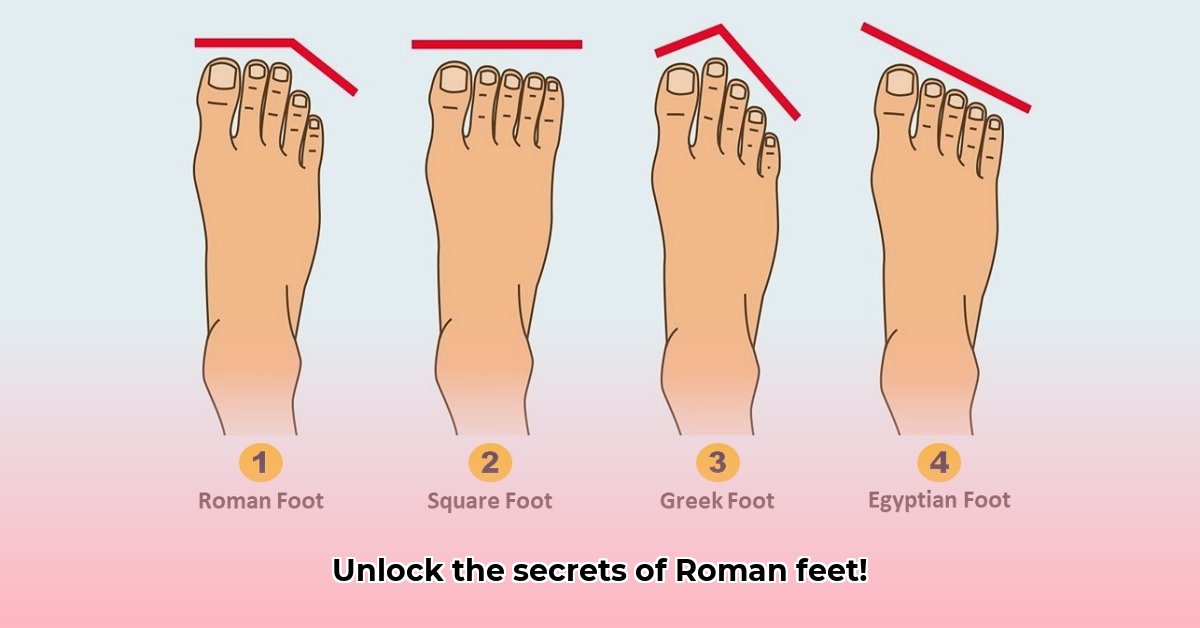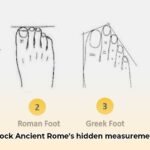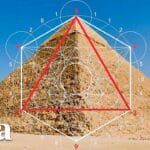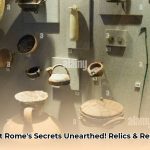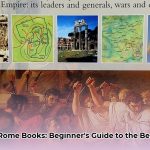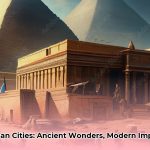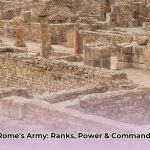The Roman Pes: A Journey Through Ancient Metrology
The Roman pes (foot), a cornerstone of their measurement system, wasn’t a fixed length. Variations existed across the vast Roman Empire, creating challenges for modern conversions and posing logistical puzzles for ancient builders. Imagine constructing an aqueduct or road spanning miles with inconsistent “foot” lengths! This article delves into the complexities of the Roman pes, exploring its variations and their impact on Roman construction, land surveying, and daily life. Even a seemingly minor discrepancy of a few millimeters could compound into significant errors over long distances, highlighting the importance of understanding the nuances of Roman measurements. For practical conversions, see this helpful resource on meter to feet conversions.
Regional Discrepancies: The Pes Across the Empire
Regional variations in the pes weren’t merely oversights; they reflected the complex realities of an empire striving for standardization across diverse territories. While the commonly cited length is approximately 29.6 centimeters, archaeological evidence reveals deviations. These discrepancies, however small, had significant consequences for large-scale constructions like aqueducts, similar to assembling a complex puzzle with slightly different sized pieces. For example, a difference of just a few millimeters per pes could lead to discrepancies of several meters over the length of a multi-kilometer aqueduct, impacting its functionality. Inscriptions and official documents from various regions further corroborate these variations, providing valuable data for modern researchers.
Impact of Variations: From Architecture to Land Ownership
Variations in the pes significantly influenced Roman construction and land surveying. Roman engineers faced considerable challenges coordinating projects across the empire using inconsistent units. Achieving the precision evident in structures like the Pantheon or the Colosseum, despite these variations, is a testament to their ingenuity. These inconsistencies also affected land ownership records, creating potential disputes and complexities in legal transactions. Modern researchers analyze surviving structures, inscriptions, and textual sources, like Vitruvius’ De architectura, to understand how Romans addressed these challenges, piecing together a fragmented historical puzzle. For instance, the meticulous planning and surveying evident in Roman road construction suggests the use of localized standards and adjustments to account for regional pes variations.
Converting Roman Units: A Practical Approach
- Identify the Source: Pinpoint the measurement’s origin and date to determine the likely pes standard used. For example, a measurement from Roman Britain might differ from one from North Africa.
- Context Matters: Consider the historical context and purpose. A measurement for a building might use a different standard than one for land surveying or an official tax record. Examining contemporary practices and legal frameworks provides valuable insights.
- Cross-Reference Data: Compare information from multiple sources, such as archaeological findings, inscriptions, and literary texts, to enhance accuracy and identify potential biases. For example, comparing building dimensions with land survey records from the same region can reveal consistent or inconsistent application of the pes.
- Embrace Ranges: Due to variations, working within a likely range offers greater accuracy than relying on a single, potentially incorrect, precise number. This approach acknowledges the inherent uncertainties in historical metrology.
Roman Measurements in Daily Life
The Roman measurement system, based on the pes, permeated daily life. From marketplace transactions to monumental constructions, these units governed commerce and projects. Understanding how Romans used these units—from measuring cloth to calculating land area—provides a richer understanding of their society. Modern conversions, however, remain complex due to the pes‘s regional and temporal variations. Ongoing research, incorporating new archaeological discoveries and analysis of ancient texts, continually refines our understanding of Roman measurement and its enduring influence. The study of Roman metrology offers a fascinating glimpse into the practicalities of ancient life and the challenges of building and administering a vast empire.
